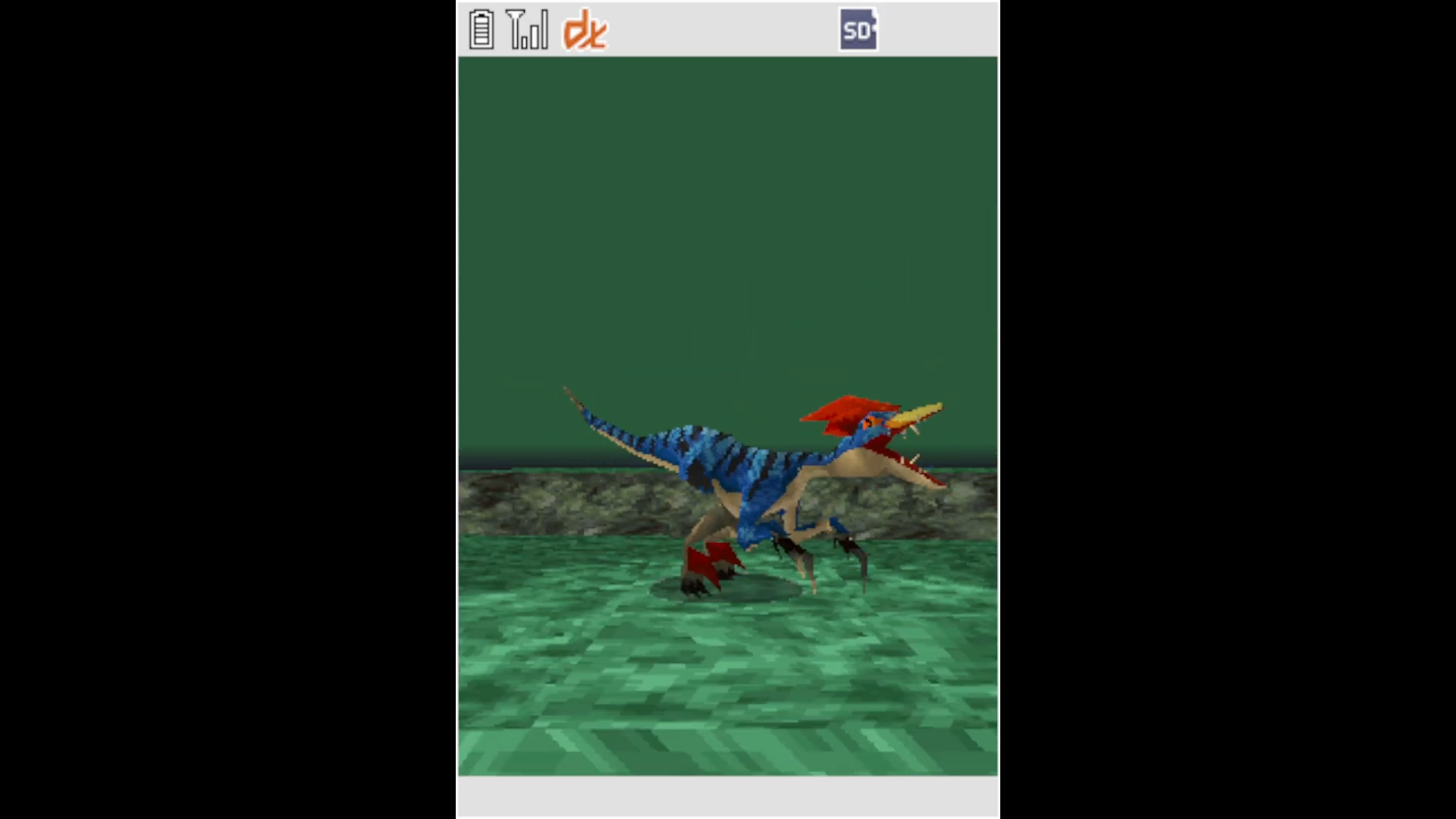Since the moment Tiktok showed me a video of Super Mario 64 speedrunner CRZ’s “drum%” run, I haven’t looked at my MIDI compatible instruments in the same way. Why just drum, when I could speeddrum?
Okay, I’m not going to commit my life to mastering Mario 64 with drumsticks, but that’s just one way to put instruments to use in games. While there’s no shortage of videos chronicling ludicrous challenge runs using unorthodox input methods out there, the versatility of MIDI means they’re practical in all sorts of games—but especially in rhythm games.
Some of the best rhythm games of recent years utilize non-traditional controls, like Project Diva Megamix’s sliders, DJ Max Respect / V’s piano keyboard, and Taiko Drum Master’s big plastic taiko drum. While you can use a keyboard and controller, the whole instrument thing is almost totally lost in translation. There are boutique controllers available that emulate that arcade experience—I’ve owned a DiValler for Project Diva in the past, and while it was solidly built and could definitely be used in a couple rhythm games, at $450 it’s as pricey as a full instrument. That there’s a market at all for a controller like the DiValler highlights the gulf between home versions of rhythm games and the bliss of playing them in arcades.
If you’re serious about rhythm games—and I mean perfect scores, no missed notes serious—MIDI translation is one way to close that input gap and connect with the music physically.
What you’ll need


You’ll also need a game to play, obviously. Since I have an electronic drum kit and (mostly) know how to drum, I opted to build a translation profile suited to playing Taiko no Tatsujin: The Drum Master!!
Configuring your Virtual MIDI ports
Install Bome MIDI Translator ProLaunch the program, open “Settings” and add a new Virtual MIDI PortPlug in your MIDI input deviceWithin the MIDI Router menu, drag your device’s virtual MIDI cable from the left into the Bome MIDI Translator 1 Virtual Out
Building a Translation Profile
1. Under “Incoming” on the right sidebar, toggle “Capture MIDI”. This will let us see which notes are which on our MPK Mini.
2. Press and release one of the drum pads. The drum is sending two signals – Note On, and Note Off.
Note: Some instruments will send a velocity signal instead of a Note on/off signal. You can fix this by setting the target velocity of your instrument to 127 and capturing the raw MIDI message.
3. Click “Note On” to copy it to the “Note:” menu below.
4. Set Velocity to “any velocity.”
5. Under “Outgoing,” select “Key Stroke” & “Down.” Enter the key you would like to trigger with the pad.
6. Right click on our newly added Translator, marked “[0] New Translator.” Right-click and duplicate.
7. Select the duplicate profile. Return to the Capture MIDI menu and press the same drum pad, except this time, we’re going to select “Note Off.”
8. Set velocity to “any velocity” again, since that parameter has been reset by selecting the “Note Off” pad.
9. Under “Outgoing,” select “Up” instead of down.
The result
After some fiddling with my pad sensitivity and gate settings, I was able to play Taiko No Tatsujin with controls identical to those in the arcade. I’m pretty bad at Taiko No Tatsujin since the drumming patterns here aren’t really written like drum parts at all, but being able to use sticks immediately took me from failing songs over and over again to consistently clearing harder beatmaps.
I’ve also used my time with Taiko to experiment with a traditional stick grip, favored by Jazz drummers—it’s obviously never going to serve as a replacement for practice, but it’s been a real boon to my music education and workflow to have a low stress way to chip away at some easy to neglect fundamentals.
For those looking to learn the skeleton of some actual drum charts, a more traditional drumming experience is available through Clone Hero, and DJMax Respect V is a perfect match for a cheap MIDI keyboard.
Aforementioned benefits aside, playing Taiko Drum Master this way is still, unquestionably. the most fun I’ve ever had with a rhythm game, even if I’m getting my ass kicked having to unlearn all my drumming muscle memory.












